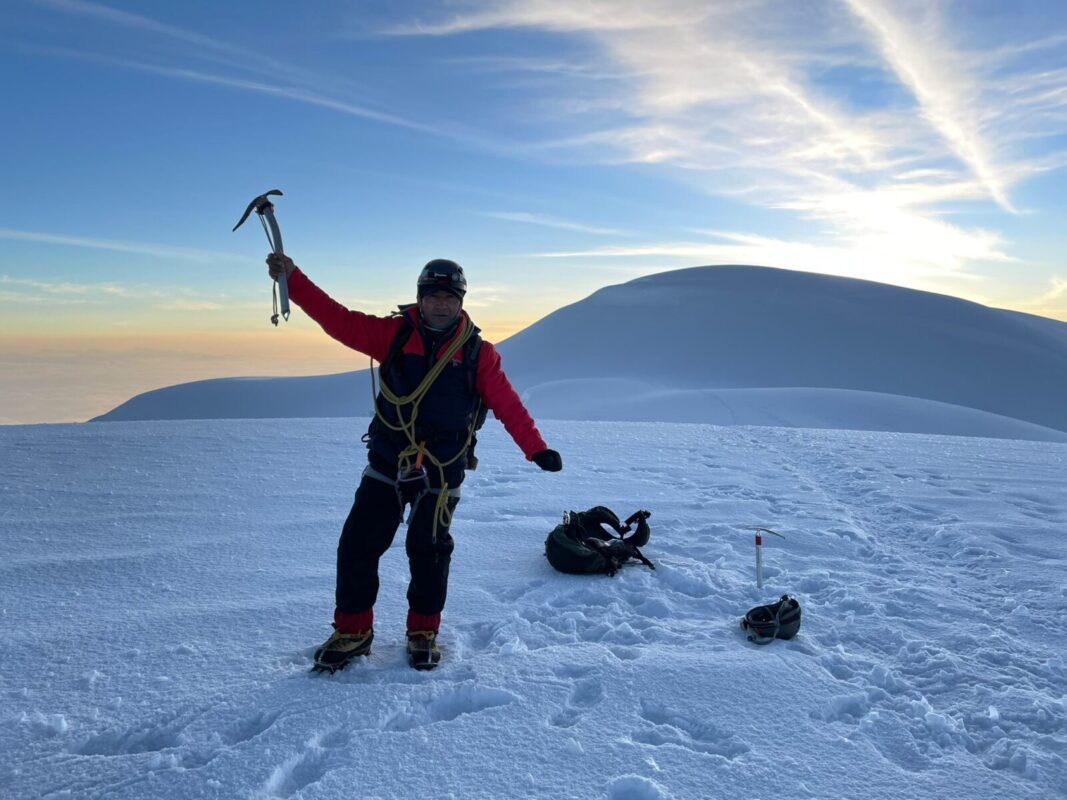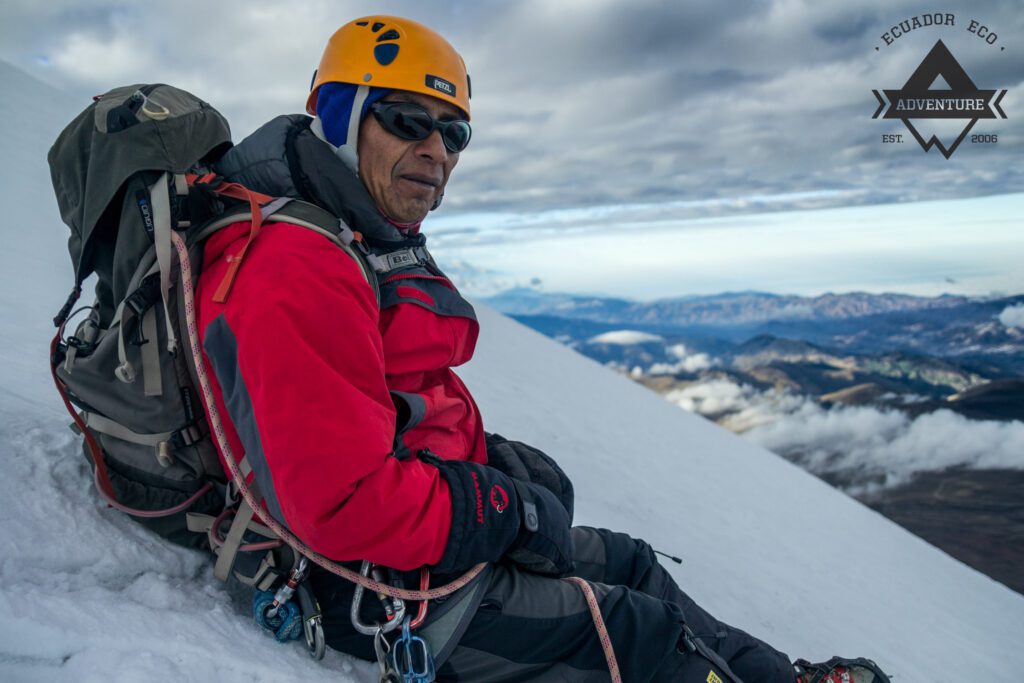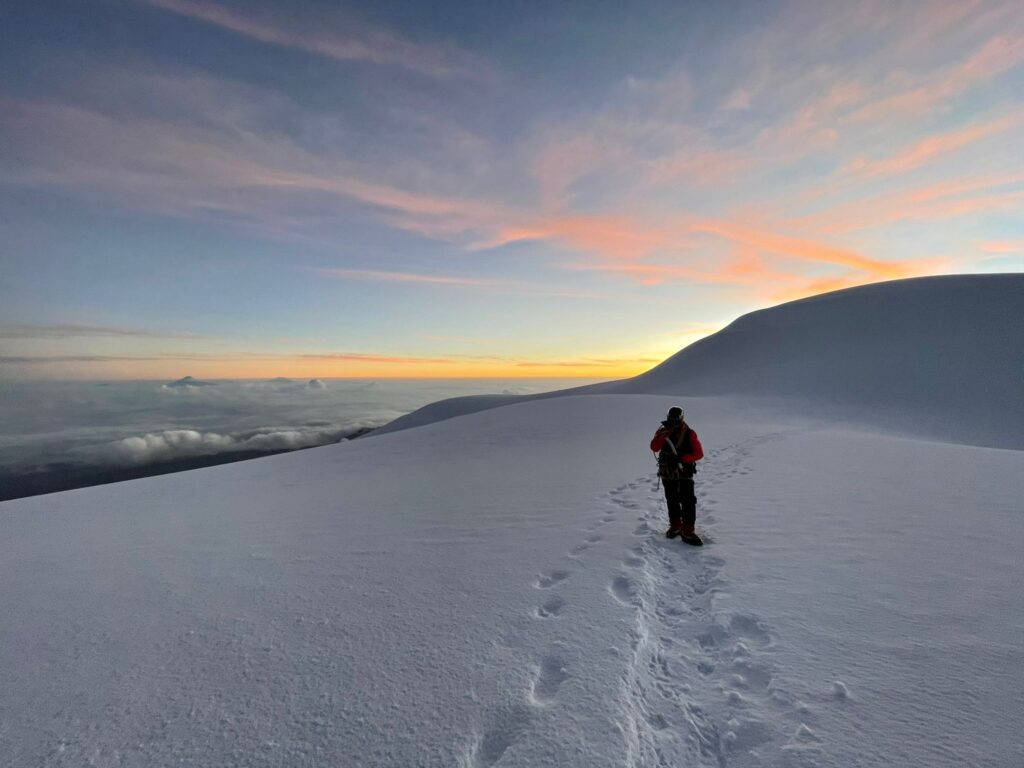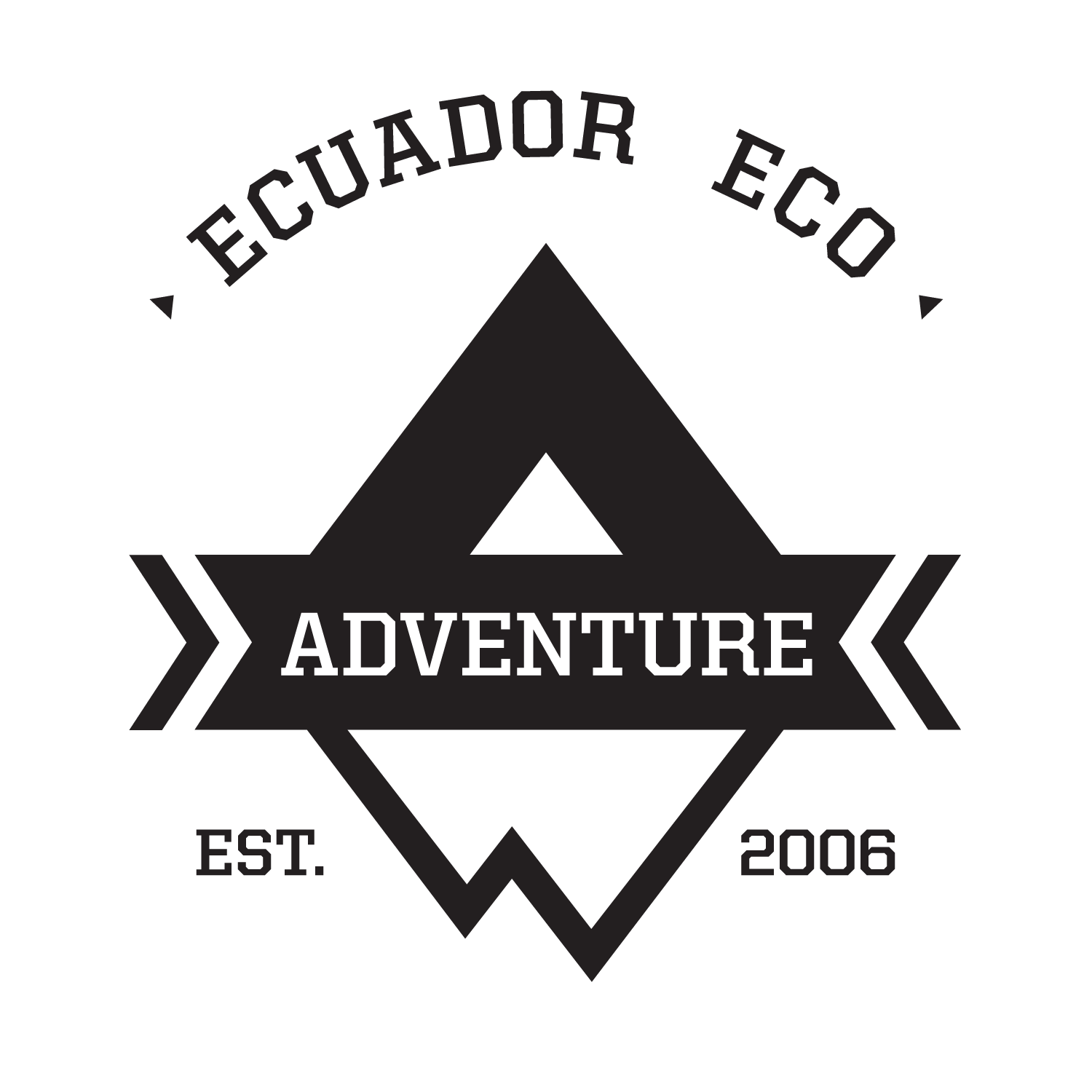
Climb Chimborazo 2023
Climb Chimborazo 2023
Ecuador’s Andes region is a diverse and beautiful region that stretches from the northern border of Colombia to the southern border of Peru. It is home to a variety of landscapes, from the snow-capped peaks of Chimborazo to the lush cloud forests of the Amazon basin. The region is known for its stunning scenery, vibrant culture, and abundance of outdoor activities. Popular activities in the Andes include trekking, mountain biking, camping, and whitewater rafting. The region is also home to numerous national parks and reserves, offering visitors the opportunity to explore the unique flora and fauna of the area.
Chimborazo is a currently inactive stratovolcano in the Cordillera Occidental range of the Andes Mountains in Ecuador. It is the highest mountain in Ecuador, standing at 6,263 meters (20,548 ft) above sea level. Chimborazo is considered to be the farthest point from the center of the Earth due to the equatorial bulge, making it the closest point to space on the planet. It is a popular destination for mountaineers and climbers, who attempt to summit the peak for its spectacular views and challenging terrain.
Climbing Chimborazo, Ecuador’s highest peak, is an exciting and challenging adventure. The mountain stands at 20,564 feet (6,268 meters) and is part of the Andes mountain range. It is located in the Chimborazo province, about 140 km (87 miles) south of Quito. Climbing Chimborazo requires a good level of fitness and mountaineering experience.
The climb usually takes two days, with the first day being used to acclimatize and the second day being used for the summit attempt. The route to the summit follows the normal route, which begins at the Whymper Hut (4,800m). From there, climbers ascend the glacier and traverse to the summit ridge. The summit ridge is a challenging technical climb, with steep snow and ice slopes that require crampons, ice axes, and other mountaineering equipment. The ascent is often done at night, to take advantage of the colder temperatures and firmer snow.
Climbing Chimborazo is a rewarding experience, with breathtaking views of the surrounding mountains and valleys. It is also a great opportunity to experience the unique culture and traditions of the local people.
If you plan to climb Chimborazo, it is important to be well-prepared and have the necessary gear and supplies. It is also essential to have a guide who is familiar with the mountain and the route. It is important to be aware of the risks associated with mountaineering and to be prepared to deal with them.
Recommendations for Climbing Chimborazo
Safety: Mountaineering is a potentially dangerous activity that requires knowledge, experience, and the proper use of safety equipment. Safe mountaineering requires the mountaineer to be aware of the risks associated with the activity and to take the necessary steps to mitigate those risks. This includes things like proper route planning and selection, the use of appropriate protective clothing and equipment, adequate hydration and nutrition, and the use of proper safety techniques. Additionally, mountaineers should be aware of the potential hazards that can be encountered in the mountains, such as rockfall, avalanches, and extreme weather, and take appropriate steps to minimize the risk of injury or death.
Gear and Equipment

-Mountaineering boots
-Trekking poles
-Backpack
-Rain jacket
-Fleece jacket
-Insulated jacket
-Insulated pants
-Base layer
-Hat
-Gloves
-Gaiters
-Crampons
-Ice axe
-Helmet
-Harness
-Rope
-Carabiners
-Headlamp
-Sunglasses
-Sunscreen
-Map/Compass
-First aid kit
-Emergency whistle
-Water bottle/hydration system
Prep for Chimborazo:
1. Strength Training: Building strength is essential for mountaineering. Focus on exercises that target the major muscle groups, such as squats, lunges, and pull-ups.
2. Endurance Training: Endurance is key for long days in the mountains. Incorporate activities such as running, cycling, and swimming into your training program.
3. Balance and Coordination: Balance and coordination are important for navigating difficult terrain. Try activities like yoga, Pilates, and tai chi to improve your balance and coordination.
4. Flexibility: Flexibility is essential for stretching and reaching in awkward positions. Practice stretching and foam rolling regularly.
5. Technical Skills: Technical skills are necessary for climbing and rappelling. Take a mountaineering course to learn the ropes and practice regularly.
6. Mental Training: Mental training is essential for dealing with the physical and mental demands of mountaineering. Practice visualization and positive self-talk to stay motivated and focused.


